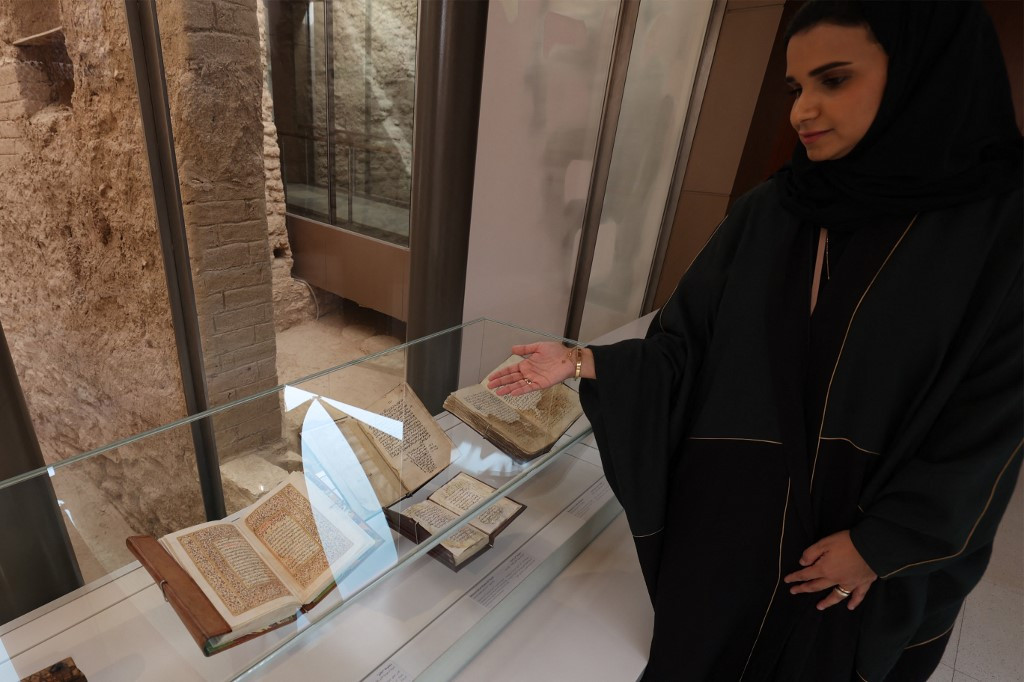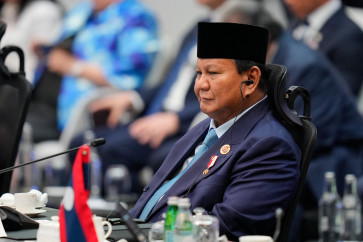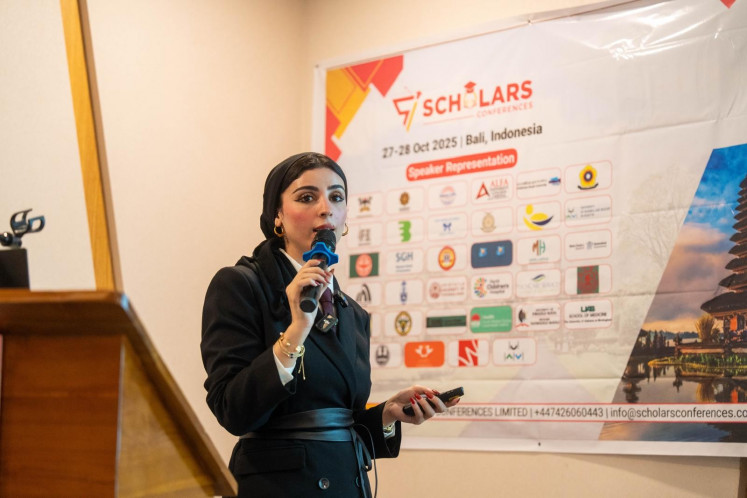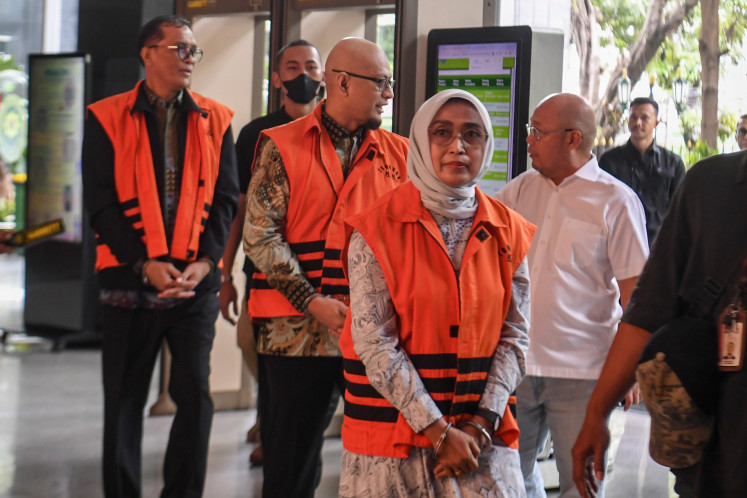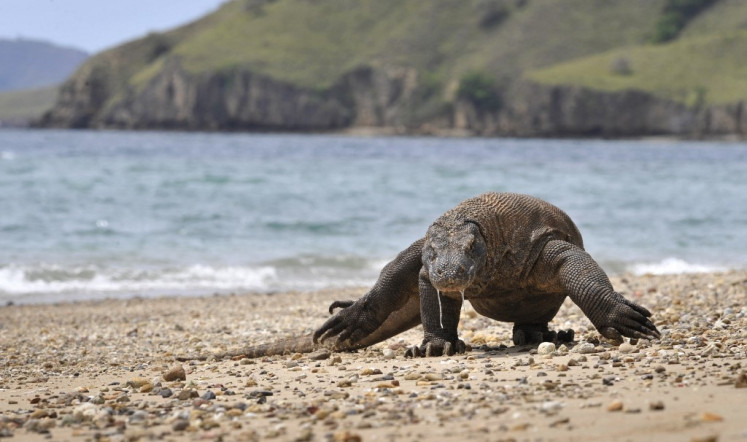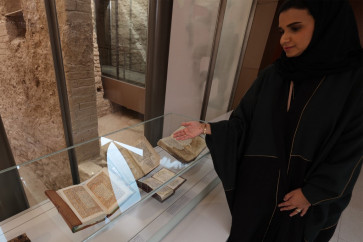Popular Reads
Top Results
Can't find what you're looking for?
View all search resultsPopular Reads
Top Results
Can't find what you're looking for?
View all search resultsBirthplace of Saudi state becomes tool for 'new nationalism'
Saudi tour guide Nada Alfuraih ushers guests through an 18th-century palace where the kingdom's royal family is said to have first plotted its conquest of the Arabian Peninsula.
Change text size
Gift Premium Articles
to Anyone
S
audi tour guide Nada Alfuraih ushers guests through an 18th-century palace built from mud and straw, the very site where the kingdom's royal family is said to have first plotted its conquest of the Arabian Peninsula.
Pausing in an airy assembly hall, she raves about this aspect of her country's origin story. Her only regret is that today, nearly 300 years later, some young Saudis seem unaware of it.
"I meet visitors who have no clue. They must have skipped this part of their education or something," she told AFP.
Later this year, the restored palace, in the historic district of Diriyah on the outskirts of the Saudi capital Riyadh, will open to the public for the first time.
Analysts say it is part of a larger effort by Crown Prince Mohammed bin Salman -- who was made first in line to the throne five years ago next week -- to both stoke Saudi nationalism and reframe Saudi history.
Exhibits dotted throughout the palace spotlight the Al-Saud family's achievements going back well before the kingdom's official founding in the 1930s.
At the same time, they make no mention of its partnership with Mohammed bin Abdul Wahhab, the fiery cleric who lived nearby and championed a purist form of Islam known as Wahhabism. That storied alliance has long fuelled the kingdom's hard-line image.

